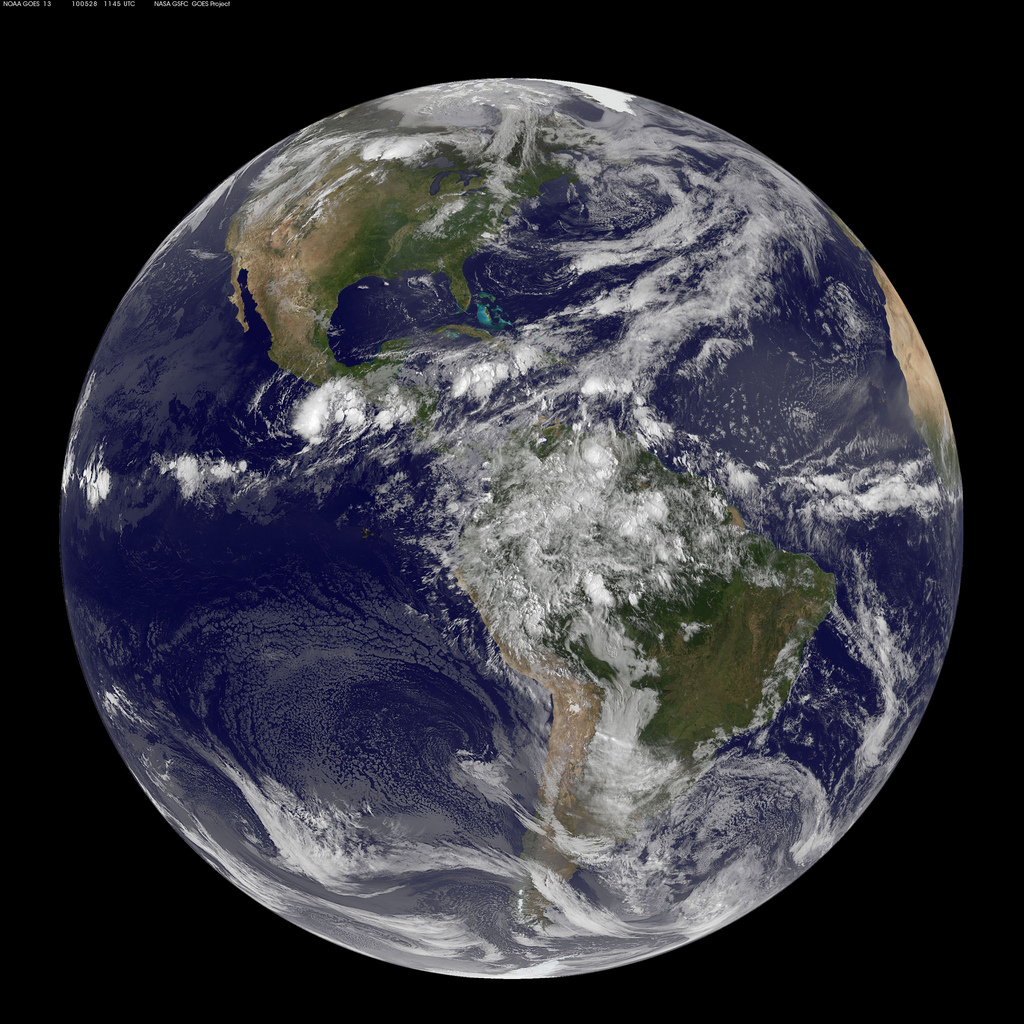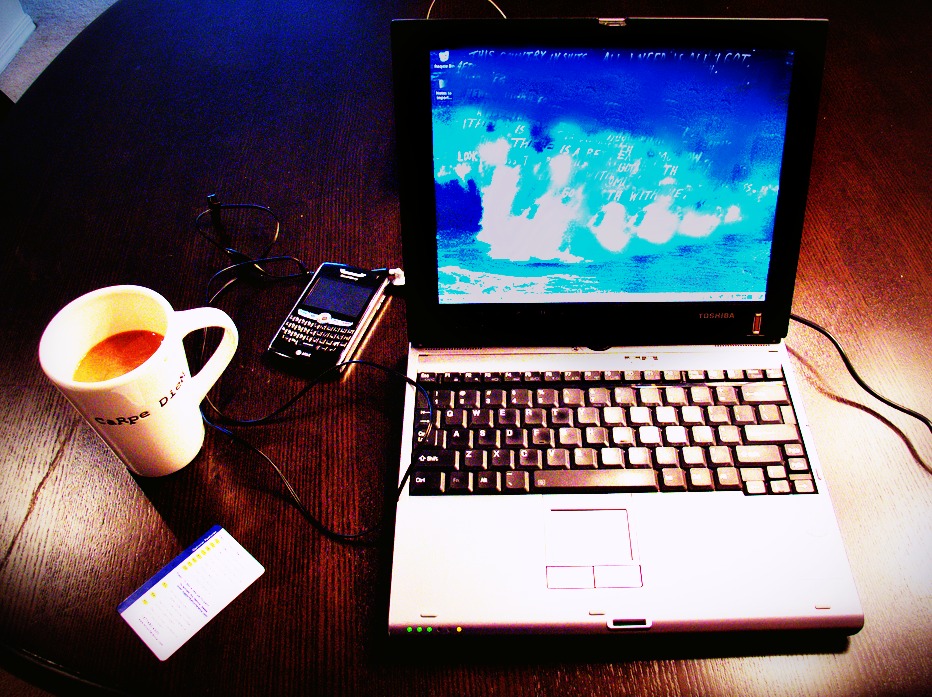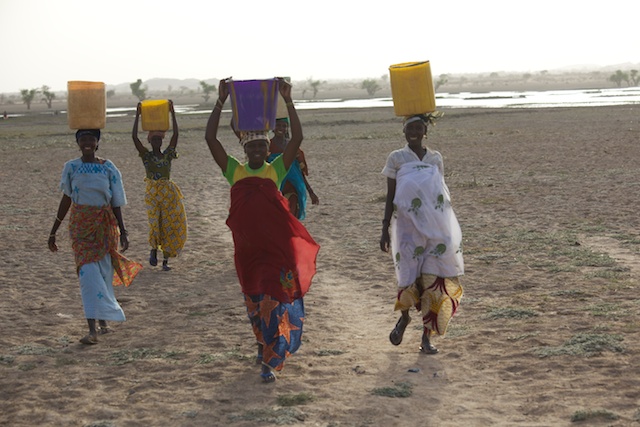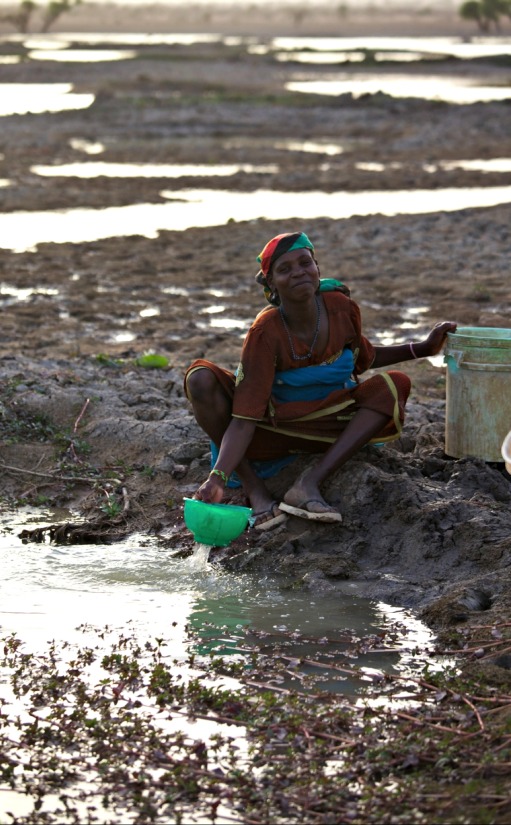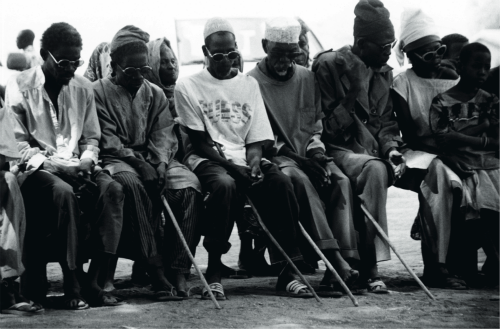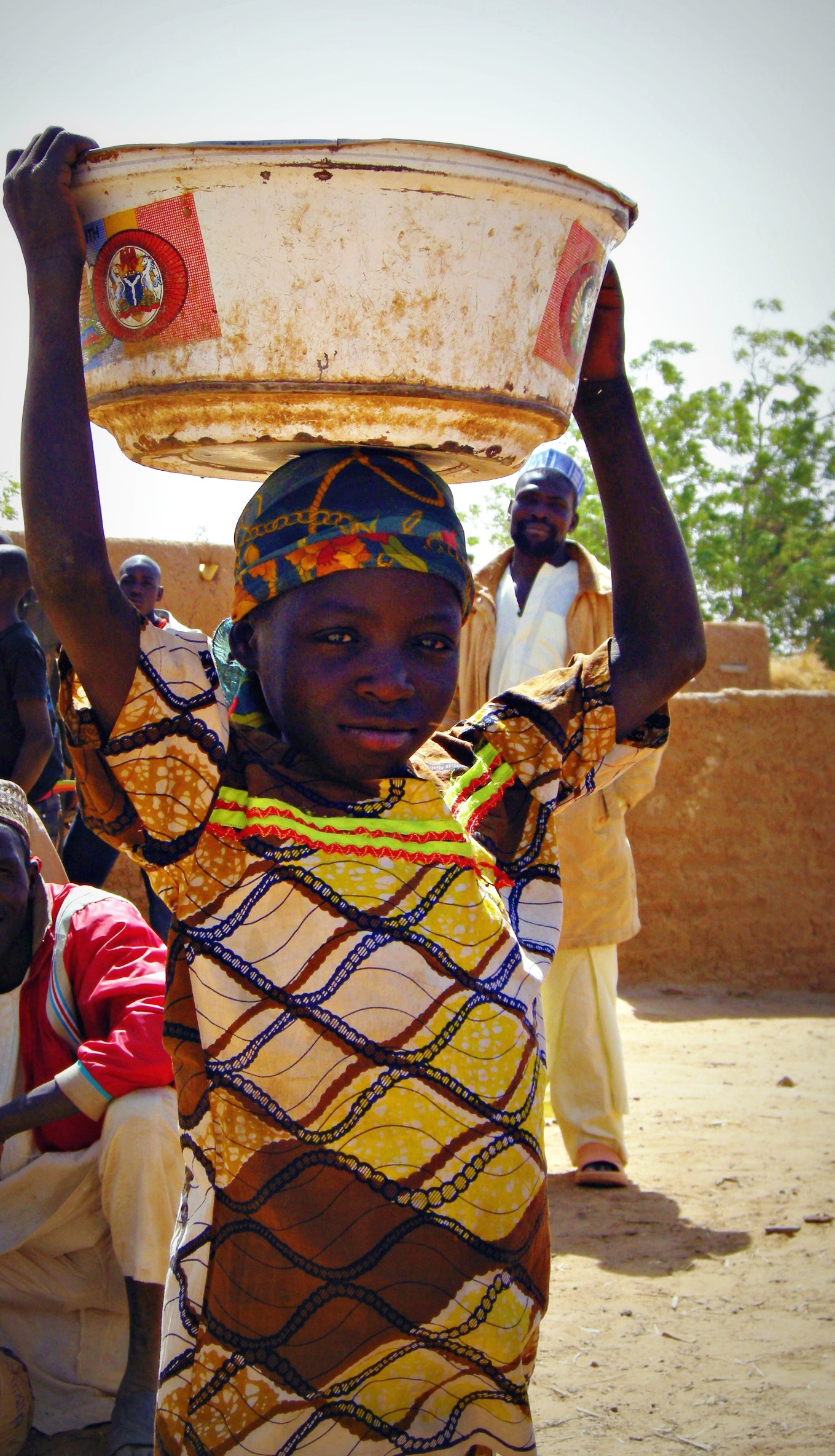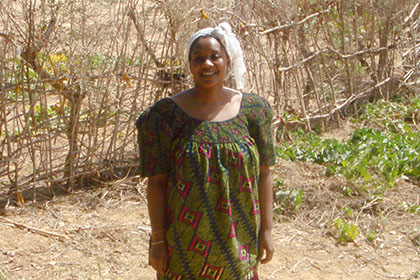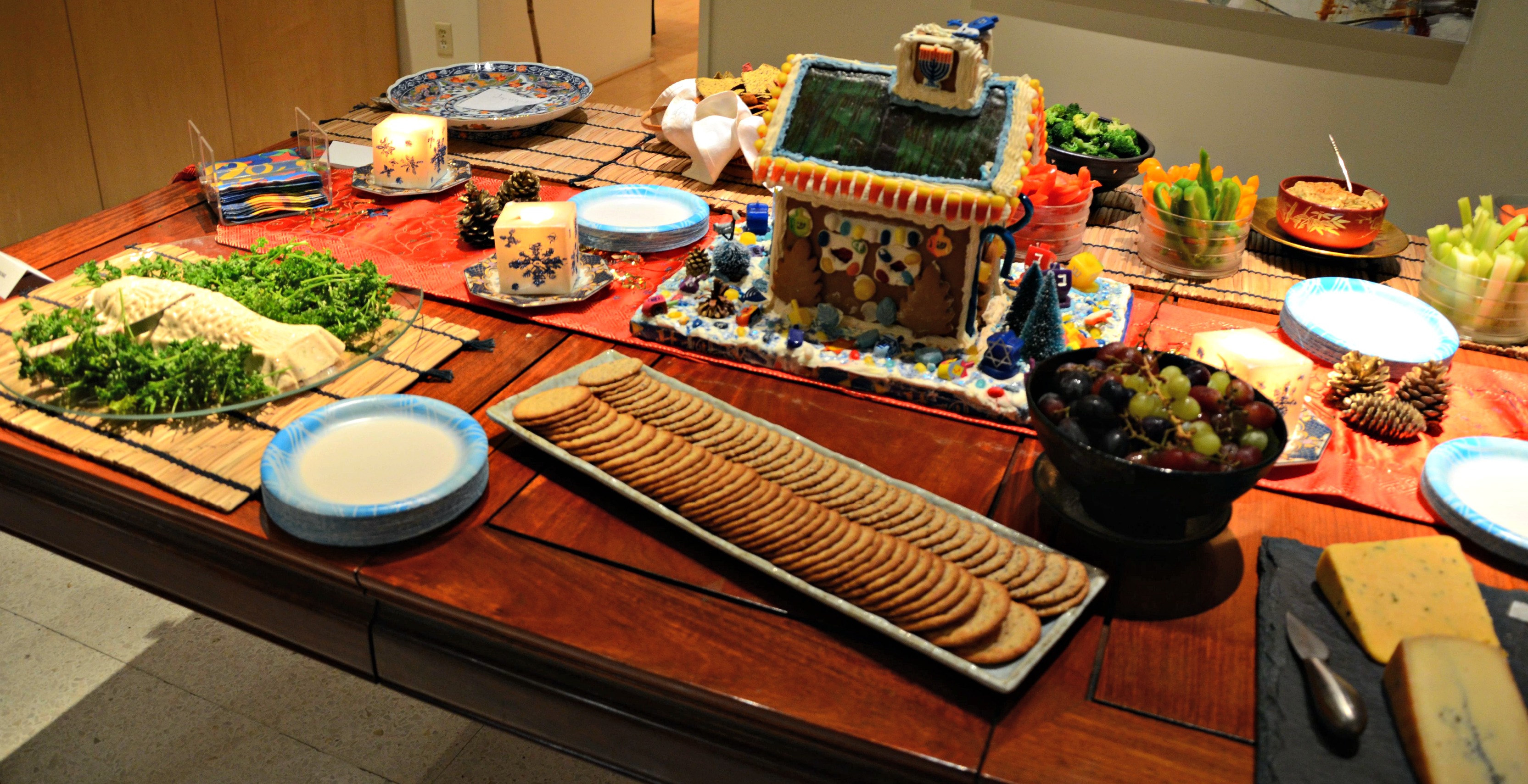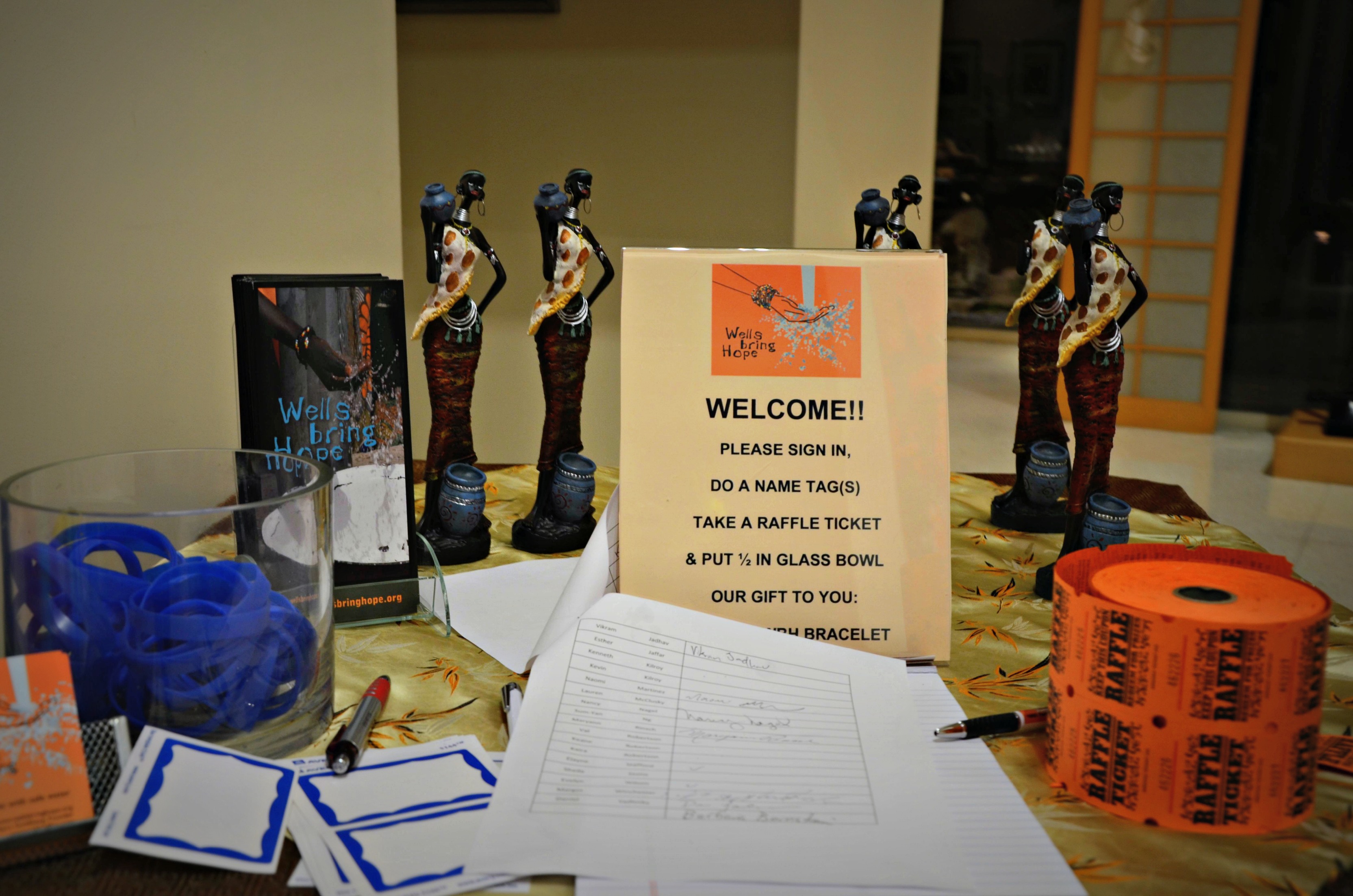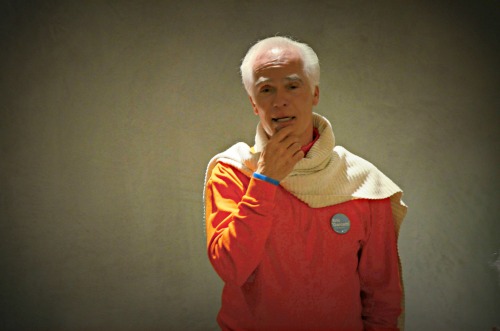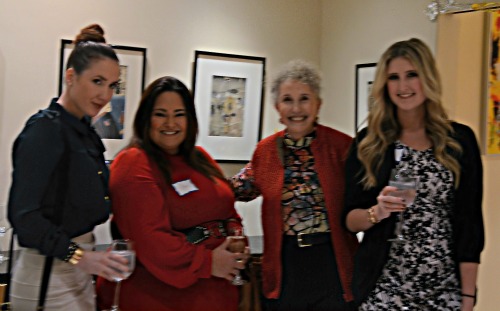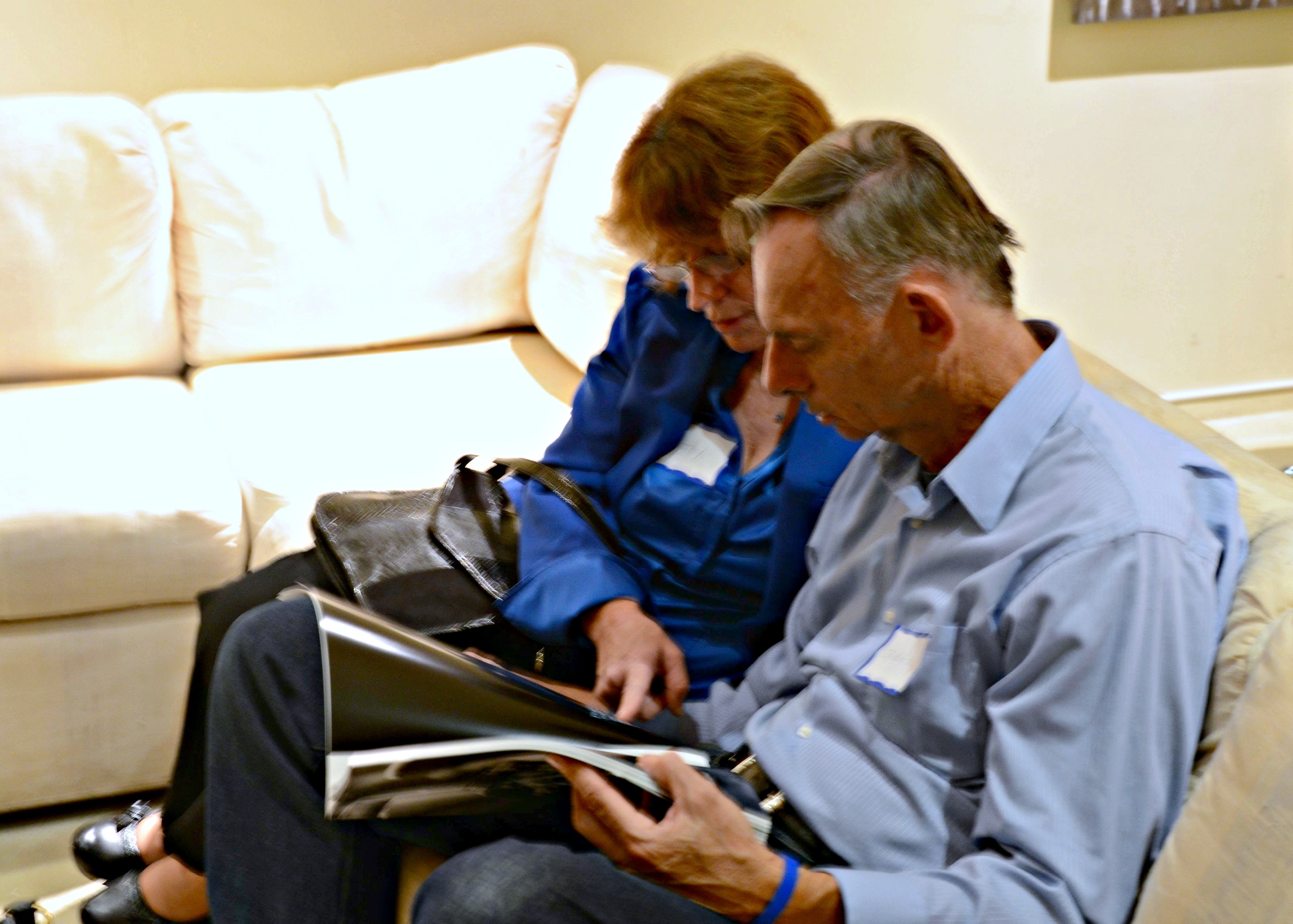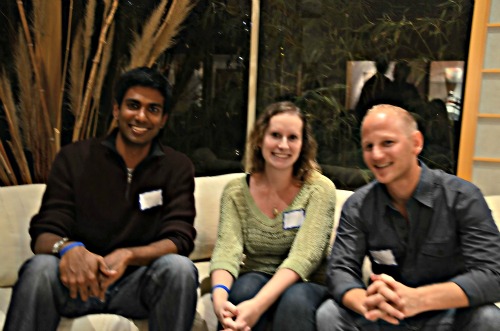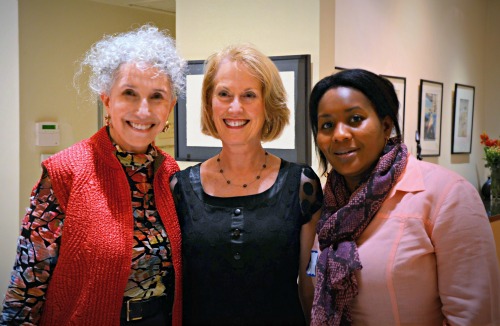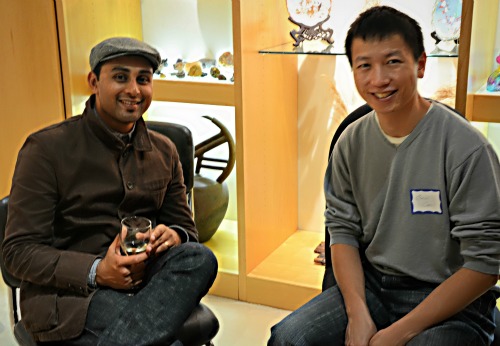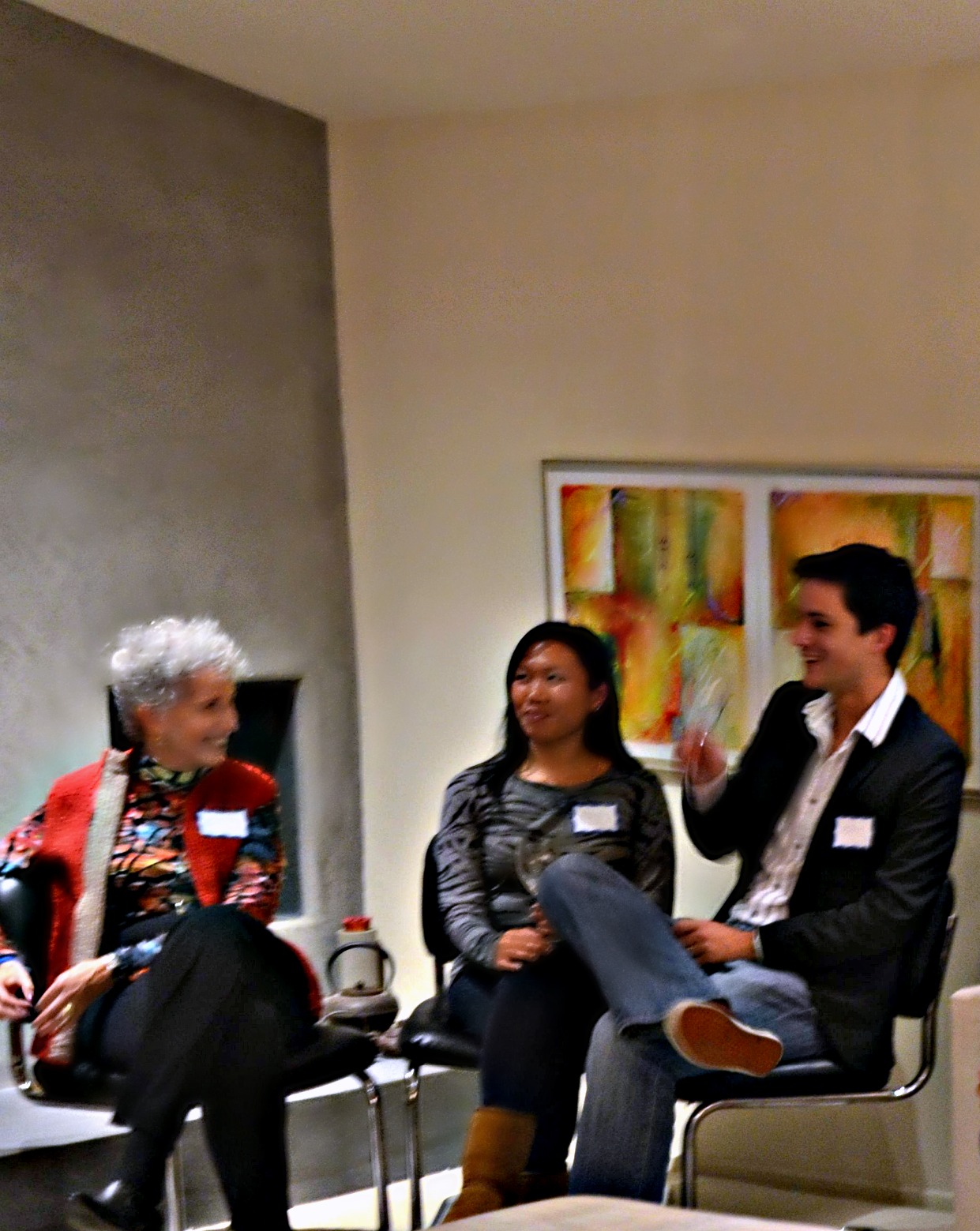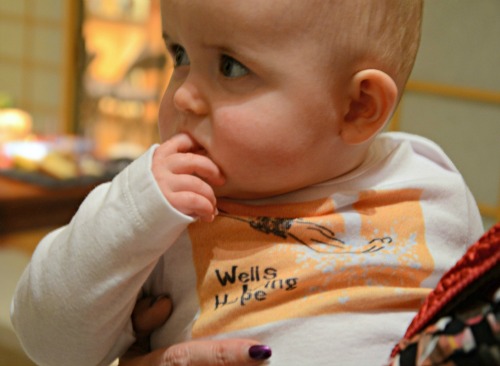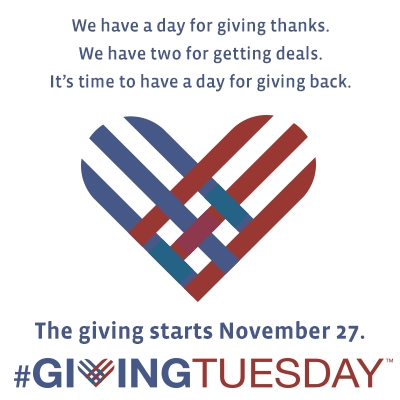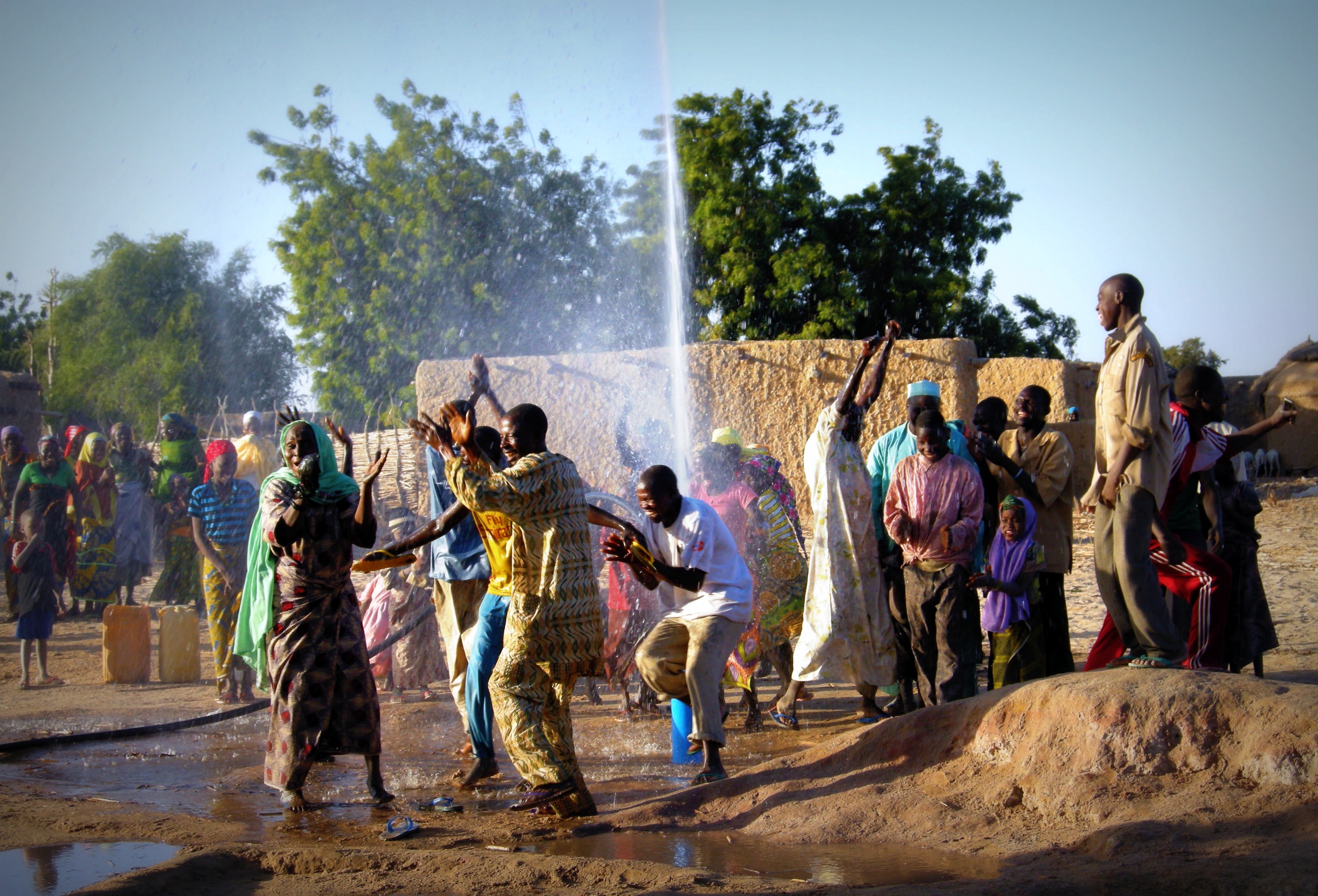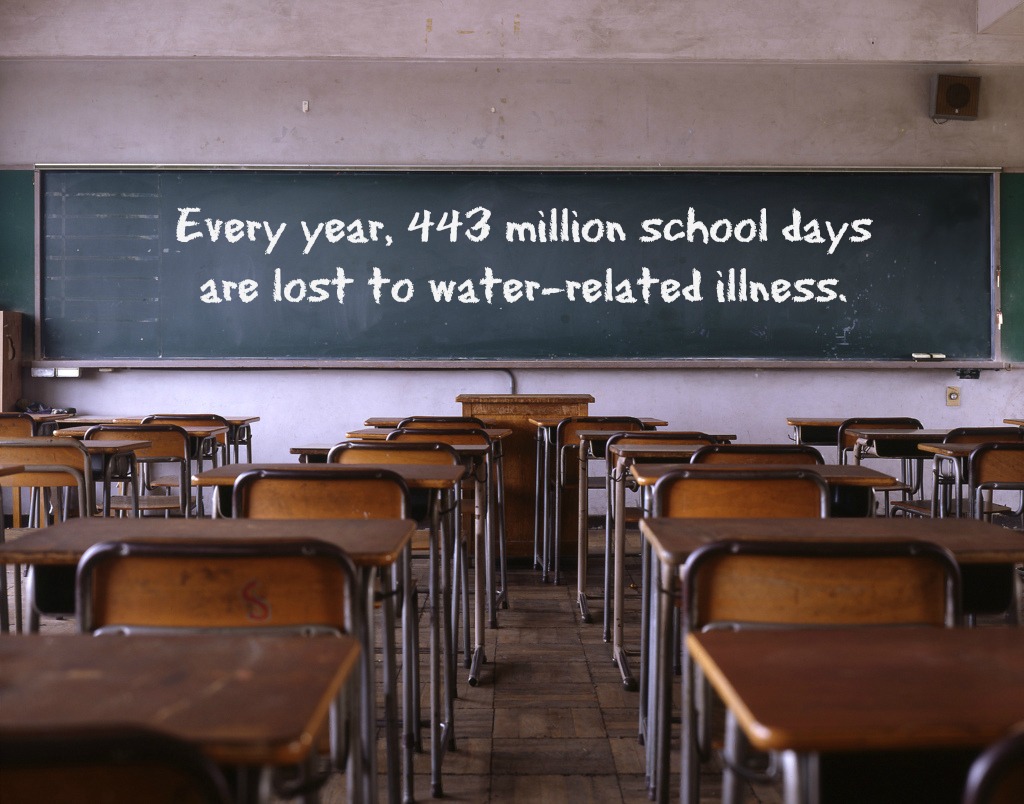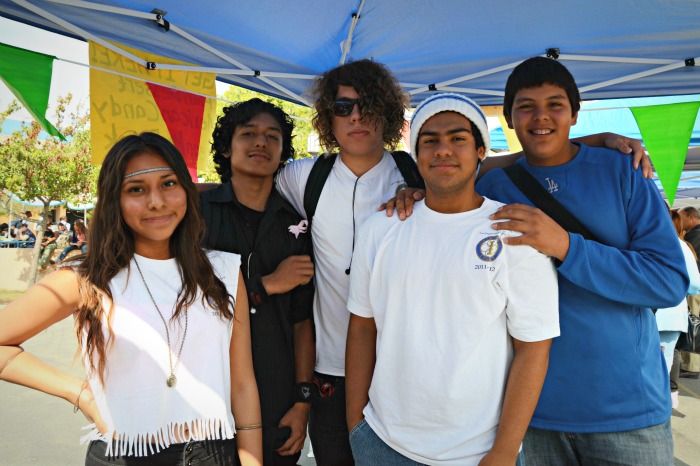by Nick Baldry
I have a broken faucet. It’s the one in my front yard, used for hooking up the hose when I want to try and fight the California sun and keep my lawn green. Considering the importance of water to people in underserved communities around the world, it’s kind of embarrassing to admit that while they struggle to find clean water, I happily pour the stuff on the ground for the sake of improving the aesthetic appearance of my front yard.
Or at least I used to because, as I said, that faucet is broken and, as I’m not the most technically minded individual, it will probably stay in that state of disrepair. For me, this represents the mildest of mild inconveniences. If that faucet were my only source of clean water, it would be a different story. It would be life threatening.
As Wells Bring Hope’s wells are the only source of clean water in the communities we serve, a malfunction like the one my outdoor faucet suffered is life threatening. Diseases such as cholera, diarrhea and bilharzia become real threats to the health of people who don’t have access to clean water. That is why ensuring the sustainability of a well is a vital part of our intervention, and one key component of that process is making certain that the technology used in our hand pumps is appropriate to the area in which they are used.
This blog has already highlighted the consequences for the WASH sector when this principle is ignored. Cindy L. Kurland’s excellent case study of PlayPumps International (which can be found here if you haven’t already read it) highlights how an attention-grabbing project that drew funding from the U.S. government, the Case Foundation, and a number of celebrities began as a nonprofit marketing dream but quickly became a technical nightmare.
The notion was that the local children would play on a merry-go-round, which would generate the energy needed to draw water up from an underground well. Sounds like a great idea, right? Unfortunately, PlayPumps International failed to consider a few major flaws in their design.
· To meet PlayPumps’ stated targets, each pump would need to be in constant motion for 27 hours a day. Obviously, this creates an insurmountable problem.
· During periods of high demand for water, such as early morning and late evening, there were often too few children playing to meet the demand, and during inclement weather, there was no guarantee that children would want to play at all. This begins to make the PlayPump model look less like a fun solution to a serious problem and more like child labor.
· Due to the technical complexity of the PlayPump system, a malfunction would be nearly impossible for villagers to fix on their own. It cannot be overstated that a malfunctioning pump in a rural community creates a life-threatening problem.
Well’s Bring Hope’s drilling partner, World Vision, has over twenty years of experience installing hand pumps. This simpler design has a twofold benefit. First, it is less likely to break down at all. Secondly, if it does malfunction, it is much easier to bring back into service with the limited resources available in rural villages.
Another essential component of a technical sustainability program is ensuring that local residents have the skills required for resolving any problems related to a malfunctioning pump. According to the GLASS report for 2012, only 27 out of 69 responding countries reported that they had sufficient staff numbers to support their existing drinking-water systems. This means that even simple problems can lead to a well being out of service for prolonged periods of time or even abandoned completely.
When villagers are given ownership of their well and are given the resources and skills to resolve any issues that come up, the likelihood that the well will continue functioning over the long term are dramatically increased. Out of the 180 wells we have funded since 2008, all 180 are still functioning.
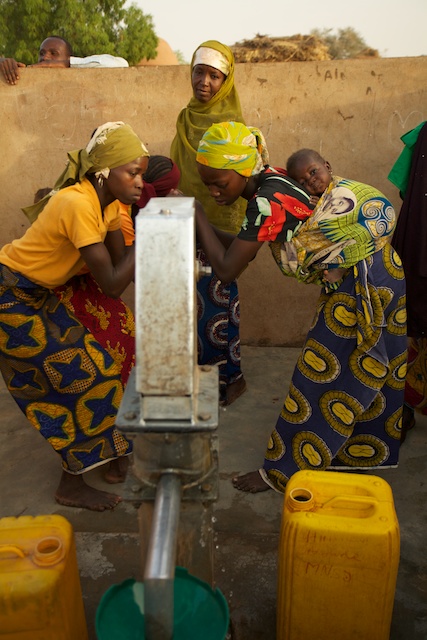
{souce: Gil Garcetti}
|
Our aim is that the wells we install in partnership with World Vision will remain functioning beyond their advertised lifespan. Making sure that the technology is simple and reliable and that the villagers have the technical capabilities needed to resolve any issues that do arise are huge steps toward achieving that long-term sustainability goal.
My inability to fix my broken faucet will, at worst, result in the withering of my lawn, and maybe a few angry neighbors, but when residents of a village in rural Africa cannot ensure that safe water will be provided, the consequences can be life-threatening.
Save
